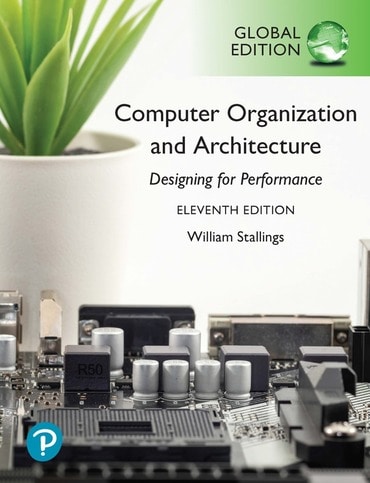
Computer Organization and Architecture, Global Edition, 11th edition
Published by Pearson (November 23, 2021) © 2022
- William Stallings
This print textbook is available for students to rent for their classes. The Pearson print rental program provides students with affordable access to learning materials, so they come to class ready to succeed. For graduate and undergraduate courses in computer science, computer engineering, and electrical engineering. Comprehensively covers processor and computer design fundamentals Computer Organization and Architecture, 11th Edition is about the structure and function of computers. Its purpose is to present, as clearly and completely as possible, the nature and characteristics of modern-day computer systems. Written in a clear, concise, and engaging style, author William Stallings provides a thorough discussion of the fundamentals of computer organization and architecture and relates these to contemporary design issues. Subjects such as I/O functions and structures, RISC, and parallel processors are thoroughly explored alongside real-world examples that enhance the text and build student interest. Incorporating brand-new material and strengthened pedagogy, the 11th Edition keeps students up to date with recent innovations and improvements in the field of computer organization and architecture.
Need help? Get in touch
